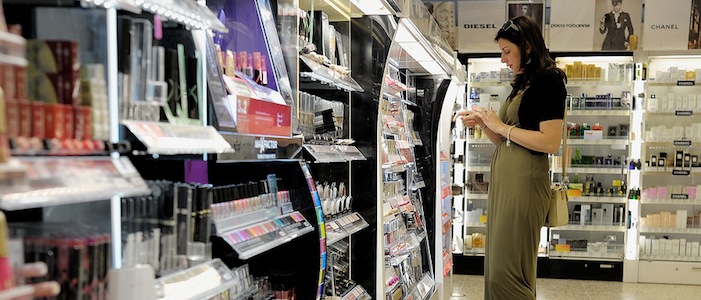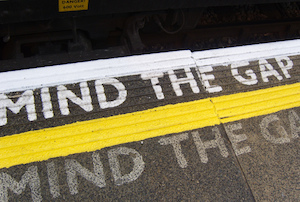Marketers of every type spend a lot of money creating conditions so that, really, people should really love to buy our brands.
Consumer marketers create awesome products which consumers tell us are just perfect for their needs
Shopper marketers analyze the intricacies of the path to purchase, consider all of the touch points, and then spend lots of money making everything just so at the point of purchase.
Key account managers negotiate their hearts out to make it happen in the store.
But it doesn’t. For some reason sometimes those shoppers don’t buy.
Understanding why is arguably the biggest question in shopper marketing, and the one that has the biggest repercussions for marketing in general, and the consumer goods industry.
Unpicking the barriers to purchase open up revenue and profit; create the opportunity for new shopping and consumption habits.
We’ve tried so hard. What went wrong?
Putting aside compliance (discussed at length before) there are many barriers that will prevent a purchase. One that we’ve started to uncover more and more in some of the projects we have been running around the world is fear.
Fear – If love of a product is the holy grail of consumer marketers, then it should be no surprise that fear is the biggest obstacle. Fear comes in many forms, and heightens proportionately to the actual and perceived risk. Brands are all about allaying risk, but if we don’t overcome the key elements of fear then it is not a surprise when shoppers don’t buy. Whilst fear occurs in lots of places on the path to purchase it is at the point of purchase that the fear is most heightened: as this is where risk becomes real.
LEARN HOW TO CREATE POWERFUL INSTORE SIGNAGE AND SHOPPER COMMUNICATION THAT REALLY WORKS – NOW
Monetary risk – Perhaps most obviously, monetary risk is a large player here. When a shopper reaches that point of decision, the bigger the price, the bigger the risk, the more important moentary risk is. But for many situations, particularly in the world of grocery, the monetary risk is quite small. The chance of the money being completely wasted is quite small too. Even if (for example) a new variant of coffee doesn’t really deliver its taste promise, the chances are it will still get used. A second jar may not be bought, but the money isn’t actually wasted.
Which leads us to fear number two:
Fear of disappointment – Disappointment has many guises, but its most common is that the danger the product simply doesn’t deliver. We’ve all tried new products and all had that experience where it simply didn’t live up to our expectations. As a shopper stands at the fixture, the point of consumption is, strangely, brought to life in the shopper’s mind. If there is doubt that this brand will deliver what is promised at the point of consumption, the sale may not be made.
Closely related to the fear of disappointment, is Fear of being gullible – The fear that we might be taken for a ride, be sucked in by a marketing promise and end up buying something we really never should have done. As a shopper when faced with a deal that feels to good to be true, there is sometimes a doubting voice that recalls previous errors of judgement with brands that promised so much and let us down.
Fear of loss of face – The final fear is often the biggest: Not surprising in this socially connected world, shoppers care what others think. If a brand may not meet with the approval of our peers or our partners, then any emotional promise the brand has is weakened. In particular where the brand benefits depend on the response of peers (a successful meal, or a new pair of sneakers) then doubt at this point can scupper an otherwise perfect deal.
LEARN HOW TO CREATE POWERFUL INSTORE SIGNAGE AND SHOPPER COMMUNICATION THAT REALLY WORKS – NOW
Whilst fear is by no means the only barrier to purchase, shopper marketing campaigns should consider the fear factor, and develop an understanding of what these fears are – and then to create stimulus which will in some way allay these. Consumer goods marketing can learn from the broader world of marketing. If fear is at the heart of why shoppers aren’t buying, then once we know which type of fear it is, we can respond appropriately:
- If the fear is genuinely monetary in nature, then a money back guarantee may be effective.
- If the fear is product functionality, then sampling or trial can work.
- If the shoppers cares little about the community a social based message may be less effective than if the shopper really cares about the opinion of others in this category.
- If the fear is “community face” – then is there anything that could be done with social (x % of your friends “like” this)? Different tools, for different barriers.
Unpicking the barriers, unpicking the root causes of the fears that prevent a purchase. Is fear preventing your brands from flying?




